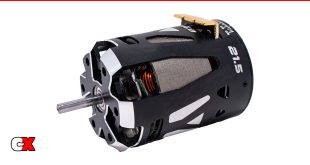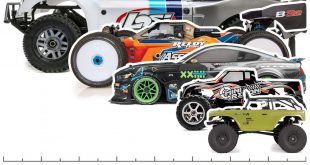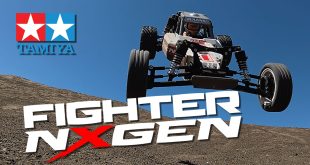All RC Cars are powered by either Electric or Nitro systems. Electric systems use a battery pack to power the entire car while Nitro systems use fuel called Nitromethane (thus, Nitro). Depending on who you ask, some will tell you that they think Electric is better, some will say Nitro is better. With the advancements of Electric power (LiPo and Brushless Motors), it really has changed a lot of people’s opinions on which is better.
Ok, let’s take a quick look at both!
Electric Power
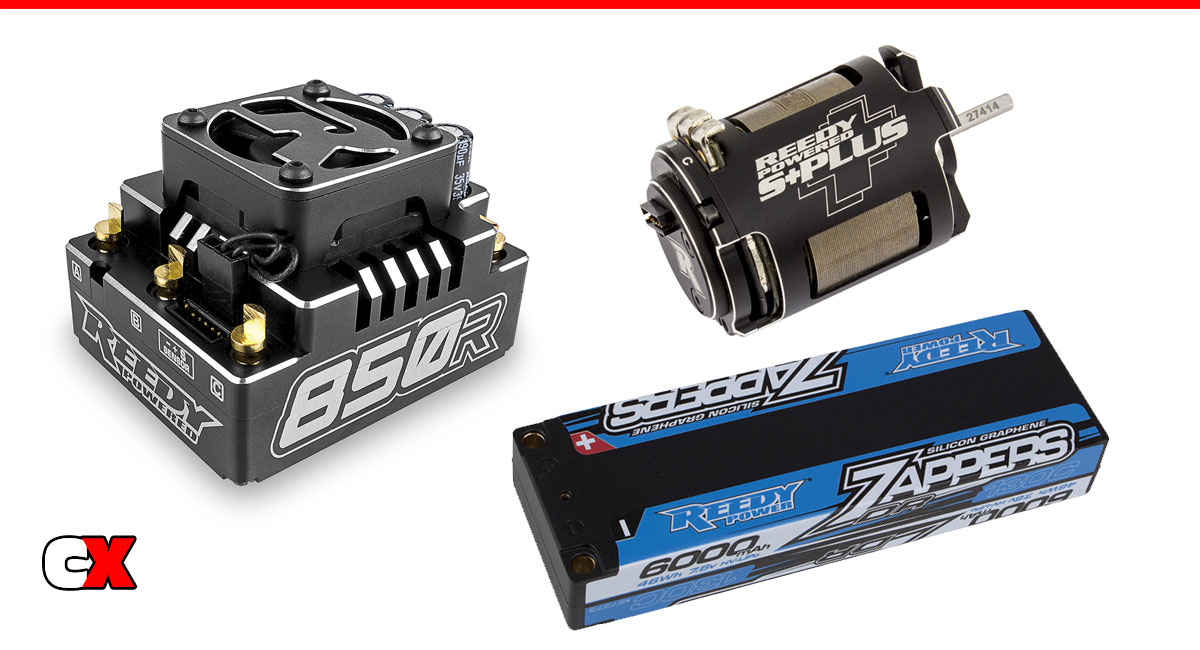
As mentioned above, Electric Powered RC Cars use a battery pack to power the vehicle. These systems have completely moved away from NiMh batteries and now use Lithium Polymer, or LiPo. These packs range in size from a 2S (2 cells, good power) to 8S (8 cells, ridiculous power), some even more. A typical RTR runs on 2S-3S with some larger vehicles able to handle up to 8S!! Run times vary with battery size, but most 2S cars can run for 10-15 minutes on a single charge.
Pros:
• Easy to use with a single Plug-n-Play design
• Very minimal noise
• Power options range from mild to wild
• More Kit and RTR options available for Electric Power
• With the current state of LiPo technology, one battery pack can last all day (with safe charging methods)
Cons:
• Multiple batteries are required to run constantly
• High-powered batteries can be expensive
• LiPo batteries do require some care to keep them safe

Check out this list of currently available batteries: https://bit.ly/3agcjD4
Check out this list of currently available motors and ESCs: https://bit.ly/3AdwOup
Nitro Power
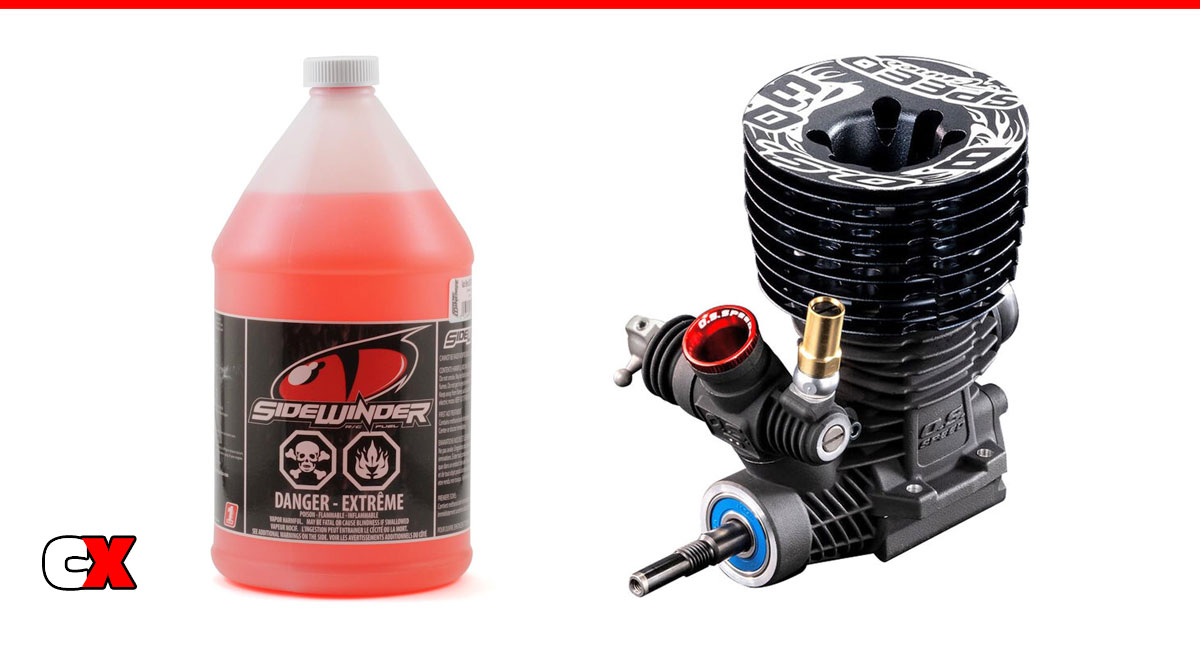
Nitro RC Cars use a small combustion engine to power the vehicle (however AA batteries are still required to power the onboard electronics). Tuned correctly, Nitro RC cars can hit speeds of over 60mph and can run all day – just add more fuel. Nitro RC cars also have realism – the smoke, the fumes, the sound of the exhaust – all added reasons why Nitro RC cars are so cool. Different size engines are available to up the power should you crave more speed, however this is vehicle dependent.
Pros:
• Sights, sounds and Nitro smell add another dimension
• Minimal down time between fill ups
• Can drop a larger engine in (that is the same size) for more power and speed
Cons:
• Lots of noise – can’t use during ‘quite’ times
• Initial set up and break in can be complicated
• Less Kit and RTR options available for Nitro Power
• Can be very messy at times

Check out this list of currently available nitro engines: https://bit.ly/3FrcMQU
Check out this list of currently available gas engines: https://bit.ly/3atBPVz
Other Beginner’s Guide to RC Articles
• RC Car Categories
• Build Types: Kit, RTR, ARTR
• Electric or Nitro
• RC Scale
• Buying Your First RC Car
• RC Car Anatomy Files
• Before Your First Drive
• The Basics of Driving
• RC Car Glossary
 CompetitionX CompetitionX is the most up-to-date source for RC Car News, Reviews and Videos for Radio Control. We also have the most comprehensive Manual Database on the web.
CompetitionX CompetitionX is the most up-to-date source for RC Car News, Reviews and Videos for Radio Control. We also have the most comprehensive Manual Database on the web.
